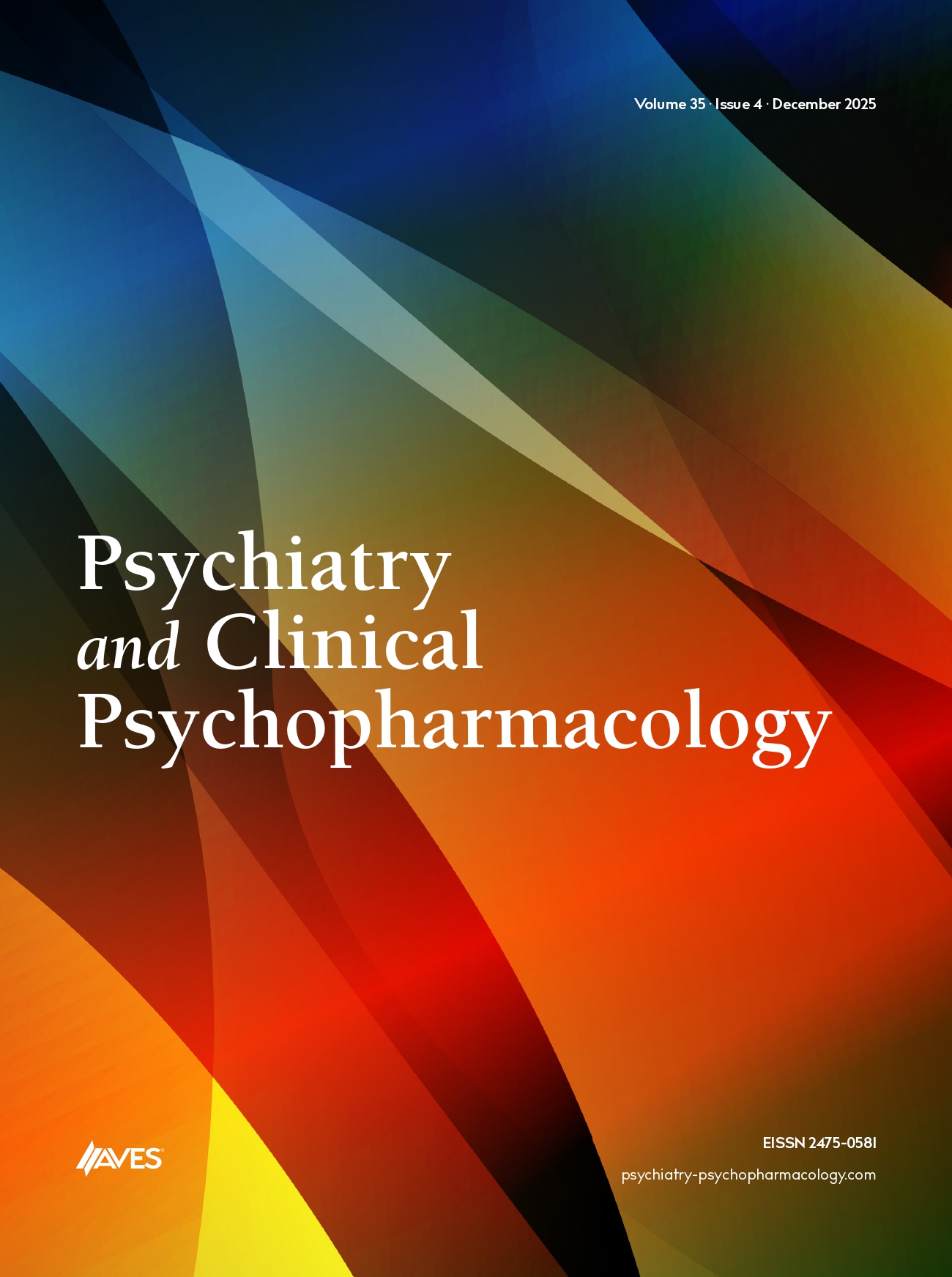Background: This study investigates the language development of children at risk for developmental language disorder (DLD) 2 years after initial assessment and evaluates the impact of parental training on language outcomes.
Methods: Sixteen children (9 boys and 7 girls) who were at risk for DLD 2 years ago and whose parents were trained after the initial assessment were re-evaluated. During the study period, children’s language development was evaluated using the Denver II Developmental Screening Test and the Turkish Adaptation of the Test of Early Language Development (TEDIL). Parents’ perceptions of their children’s language skills were also assessed.
Results: At the second evaluation, 31.25% of the children were diagnosed with DLD, while 68.75% reached a normal language development level. TEDIL test results showed a significant increase in expressive and overall spoken language scores in children without DLD. Parents reported that their children’s overall levels of communication, expression, and intelligibility increased significantly over 2 years.
Conclusion: In this study, it was determined that some of the children at risk of DLD were diagnosed with DLD after 2 years. Long-term follow-ups of children at risk of DLD were also observed. Early parent training is beneficial in supporting language development in children at risk for DLD, emphasizing the importance of early intervention.
Cite this article as: Çelik D, Parlak MM, Yıldırım C, et al. What is the level of language development of children at risk of develop mental language disorder 2 years later? Psychiatry Clin Psychopharmacol. 2025;35(3):261-268.


.png)
.png)